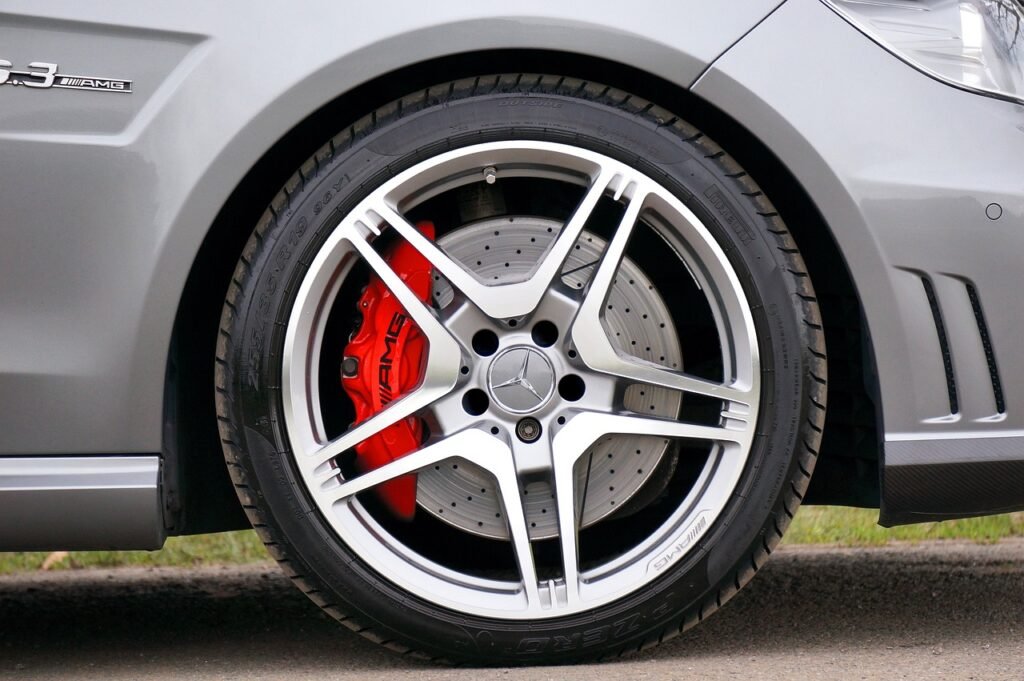One of the most common reasons that customers drive into the service lane at work is due to the low tire pressure warning light. You may ask yourself why does the tire pressure drop when there is not a puncture in the tire? There are three primary causes why tire pressure drops:
1) Debris or bead leak: If there is a piece of debris in the tire or a bead leak, it can cause the tire pressure to drop.
2) Temperature changes: A drop in temperature will affect the pressure in your tires. For every ten-degree drop, the pressure can decrease by approximately one pound due to the air condensing.
3) Natural air leakage: Air will naturally leak out slowly from tires over time, at a rate of about two pounds per month.
To reduce the frequency of the need to adjust tire pressure and the light popping on, some service providers promote filling tires with nitrogen. The theory is that nitrogen is a larger molecule than oxygen and thus will be more stable and less affected by temperature changes and air leakage over time. Providers have a machine that pulls air from the tire and uses nitrogen that has been filtered from the air to transfer it into the tires. To make a difference, the air in the tires must be at least 97% nitrogen, while the air we breathe is only 78% nitrogen.
From my experience, nitrogen does not significantly reduce the need to adjust tire pressure and is certainly not worth the added cost and inconvenience. It is a hassle for the customer to find a location that has nitrogen, and even when a location is found, it takes some time to hook up the nitrogen machine to evacuate the air from the tires and put in nitrogen. Customers are often impatient when they have to wait just to have their tires filled.
While having the correct air pressure in your tires is critical for safety, fuel economy, and maximizing tire wear, nitrogen does not make a measurable improvement. Fortunately, if you currently have nitrogen in your tires and your tire pressure light comes on, you can put normal air in your tires without any issue.
In conclusion, the use of nitrogen in tires may seem like a promising solution to maintain tire pressure, but it does not provide significant benefits compared to regular air. The inconvenience and added cost involved in finding a nitrogen filling location and the time it takes to fill the tires with nitrogen outweigh any potential advantages. It is always important to ensure that your tires have the correct air pressure for safety, fuel efficiency, and tire longevity, but using regular air is sufficient for most drivers.

